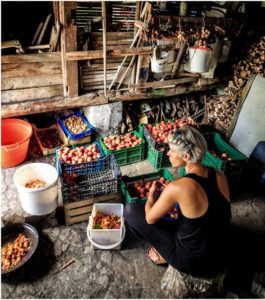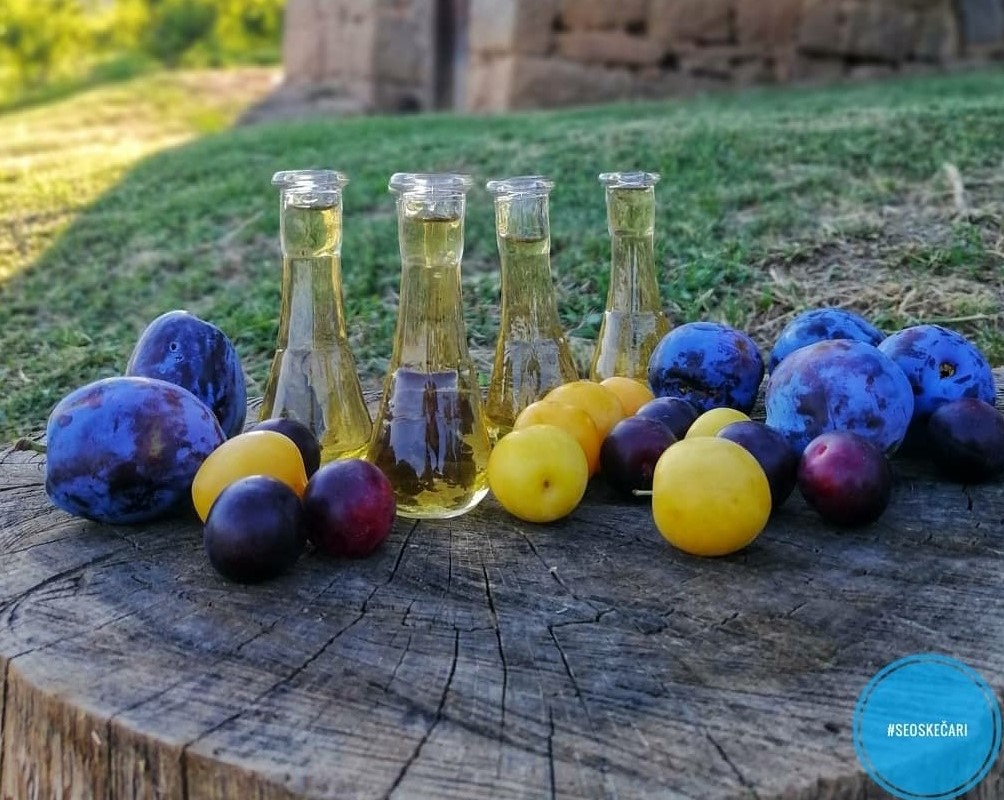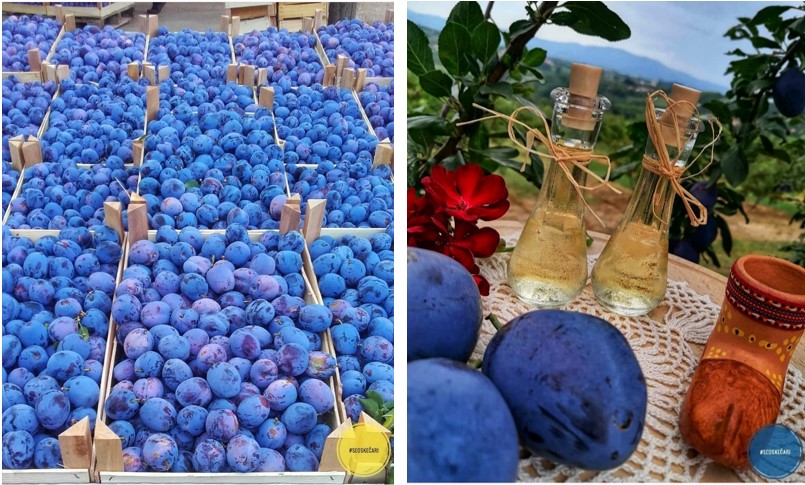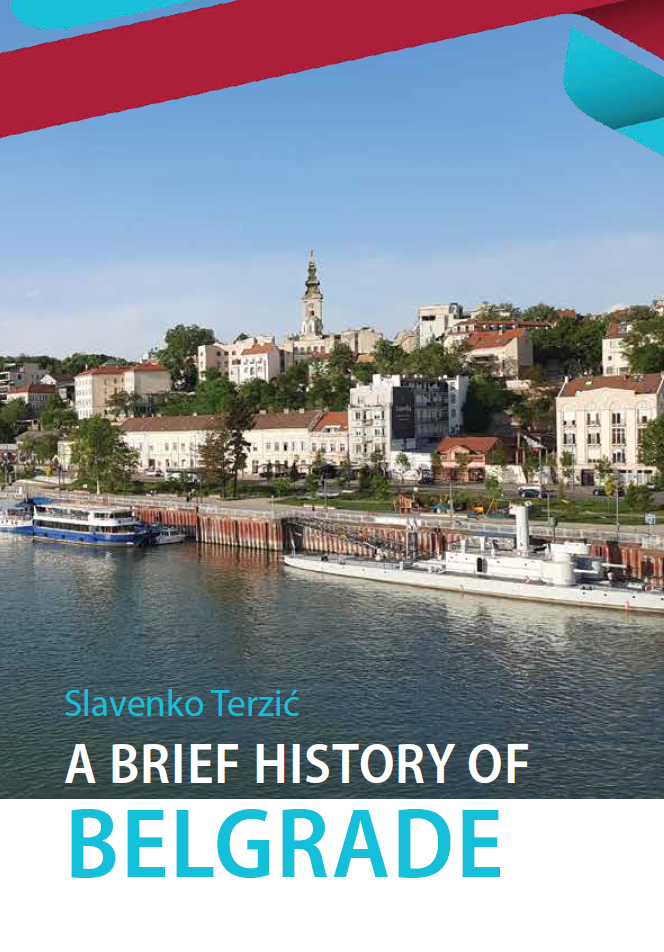The Famous Rakija
The most popular traditional Serbian drink
Serbia is the country of the orchards and fields, that are fulfilling the land with various fruits and vegetables. Villagers saw the opportunity of all those fruits and started producing the most popular Serbian drink, the famous Rakija. Rakija is made of various fruits, but the most famous and most popular one is Sljivovica which is made from distilling plums. There is not a household in Serbia that doesn’t have at least one bottle of Rakija.
The Rakija has a long history behind it, it dates from centuries ago. Until the 15th century it was considered as the cure, and the alchemist and pharmacists believed that Rakija gives youth to olds and prolongs life. Even nowadays it is used in medicine, but it is more preferred as a drink.
The Traditional Serbian Rakija is Sljivovica which can be made from various sorts of plums, but the best one is that is made from plum “Pozegaca”. Every villager that likes to stick with tradition has a cauldron and makes his own domestic Rakija, which he usually shares with friends and family. In addition to Sljivovica, good Rakija can be made of apricots, grapes also known as Loza, pears known as Viljamonka, quinces, apples, honey that is known as Medovaca. In the production of the Rakija beside fruits, medical herbs can be mixed with fruits with the final products that can be both used for external and internal use, some of the most famous herbal Rakija are Komovica, Kleka, Travarica.

Photo by Unsplash
The good Rakija is made of ripe and healthy, unsprayed fruits. Unripe and spoiled fruits are removed, as well as stones. Healthy fruits are chopped and put to boil in a clean barrel that is filled to 80% of the volume and protected from the external influences. Distillation should not be delayed when fermentation is completed. In order to make Rakija, the middle part of the distillate is used, which has about 30 percent of alcohol. That so-called “soft” Rakija is then put again to the cleaned barrel and the procedure is repeated. Only the middle part of the distillate is still separated so that out of 100 litters of “soft” Rakija, about thirty litters of strong Rakija are obtained as a final product. The distillation process in Serbia is called Pecenje, and twice-distilled Rakija is Prepecenica.
Rakija is roasted slowly, over low heat, so as not to burn. The good and quality Rakija contains 40 to 45 percent of alcohol, glides down the throat, warms the stomach, and does not burn the mouth. Before use, Rakija is stored in glass packaging for two months or in the oak barrels for several years, this more for hedonists that are willing to wait and enjoy premium quality Rakija. It is served chilled to the cellar temperature, in small glasses or chocks (a small glass bottle for Rakija). Rakija is served before or after a meal but it can be consumed any time as soon as you do not overdrink it.

















